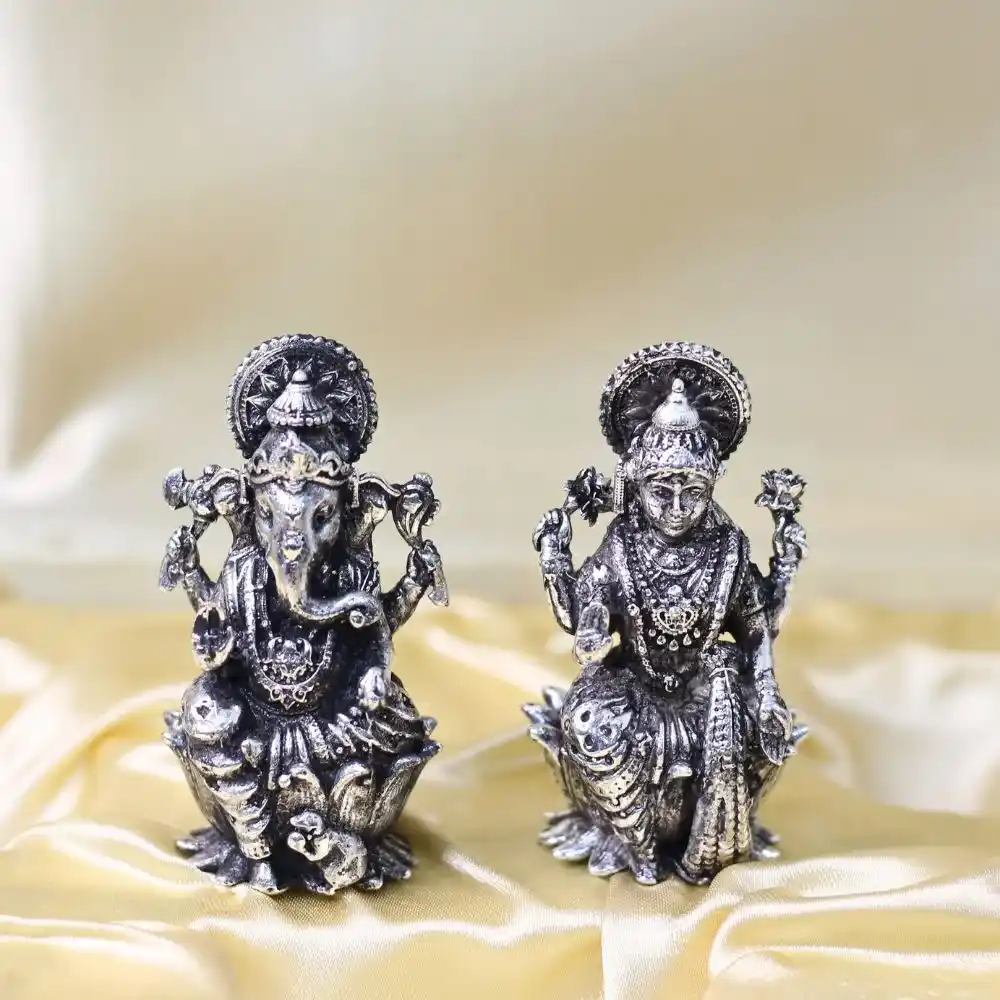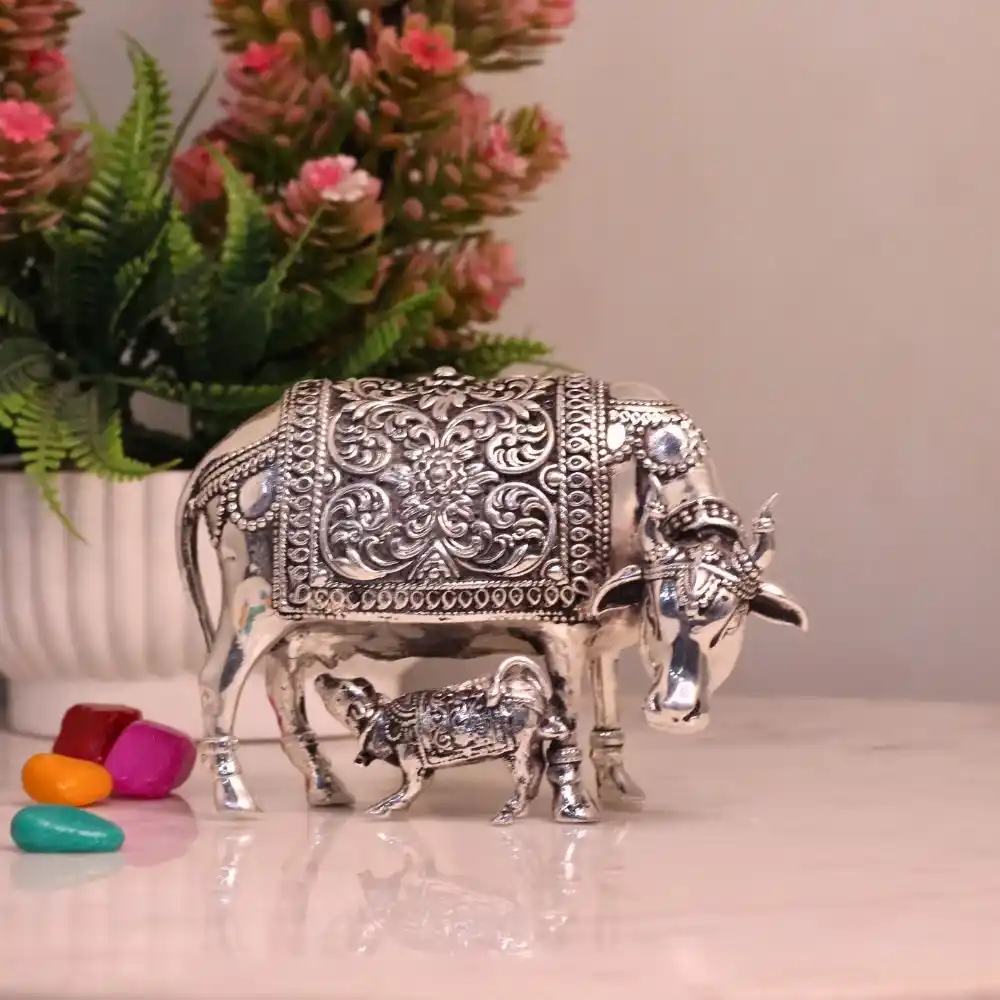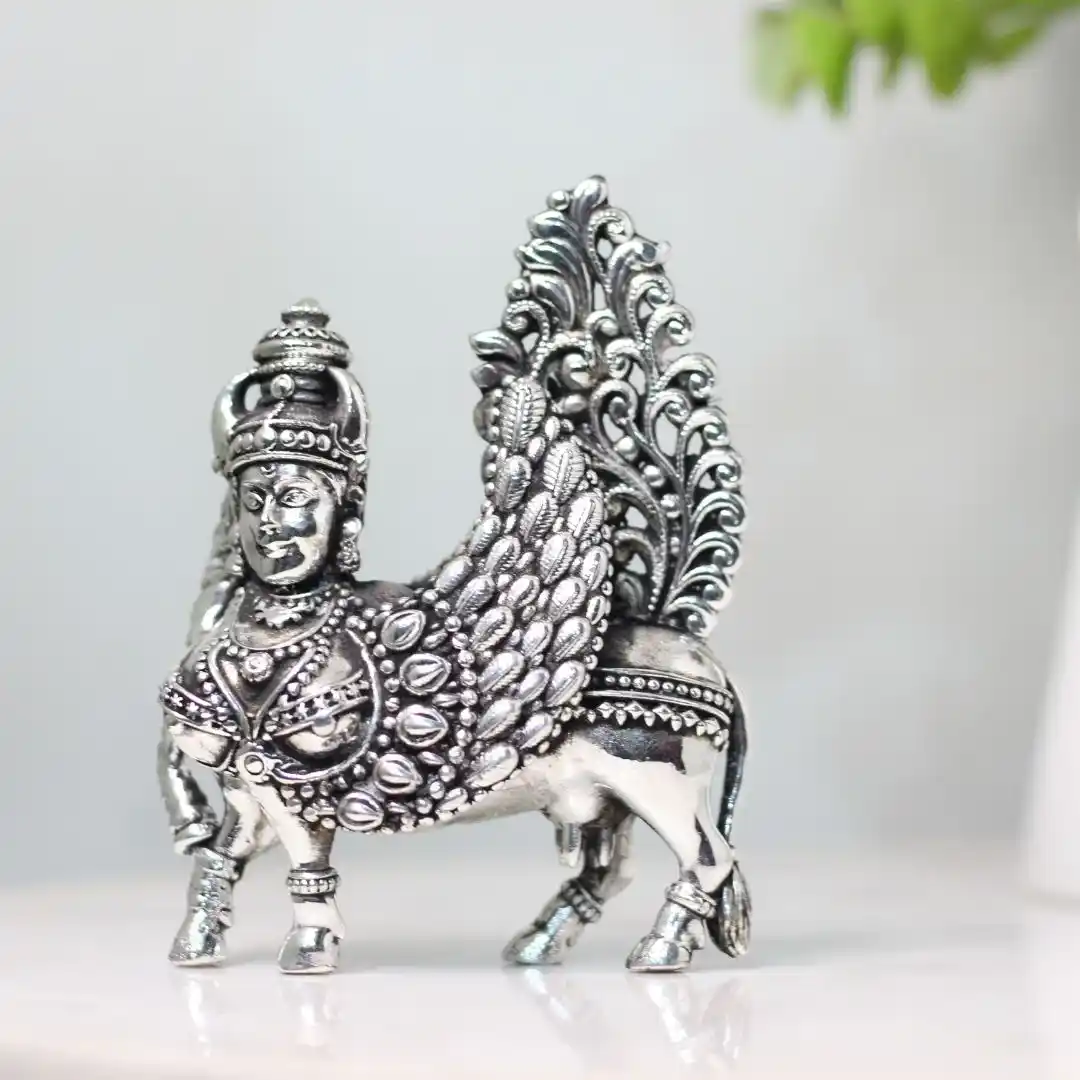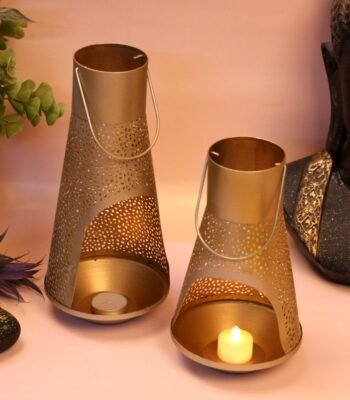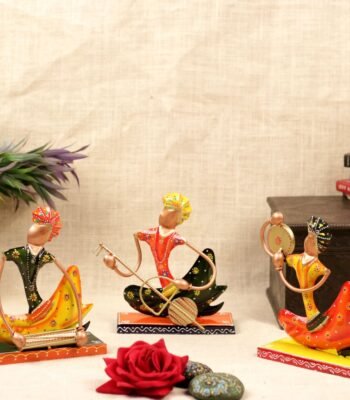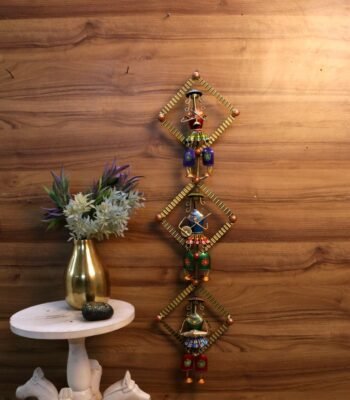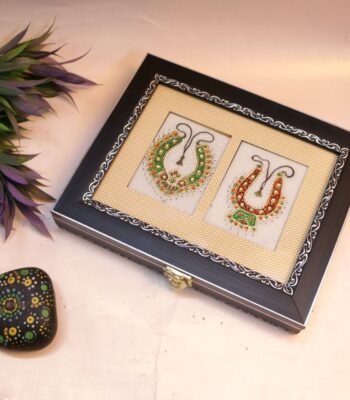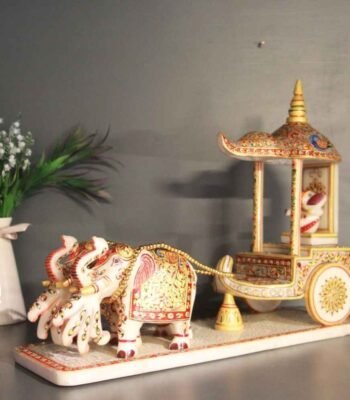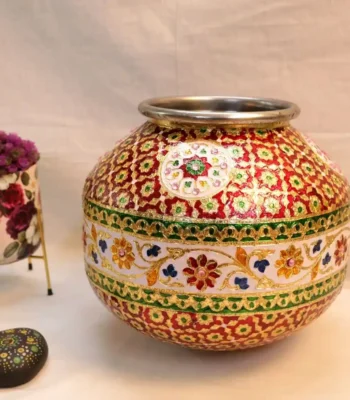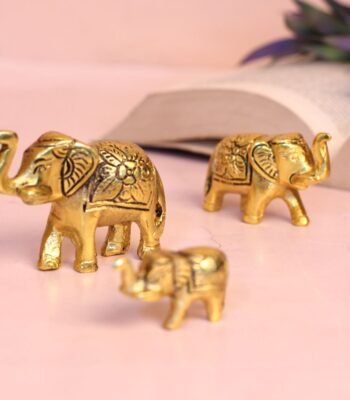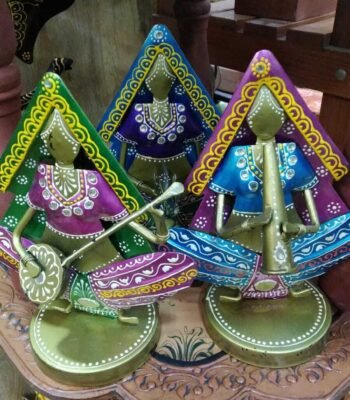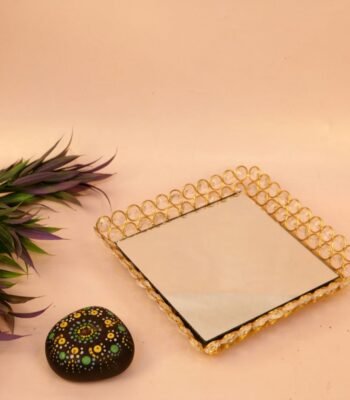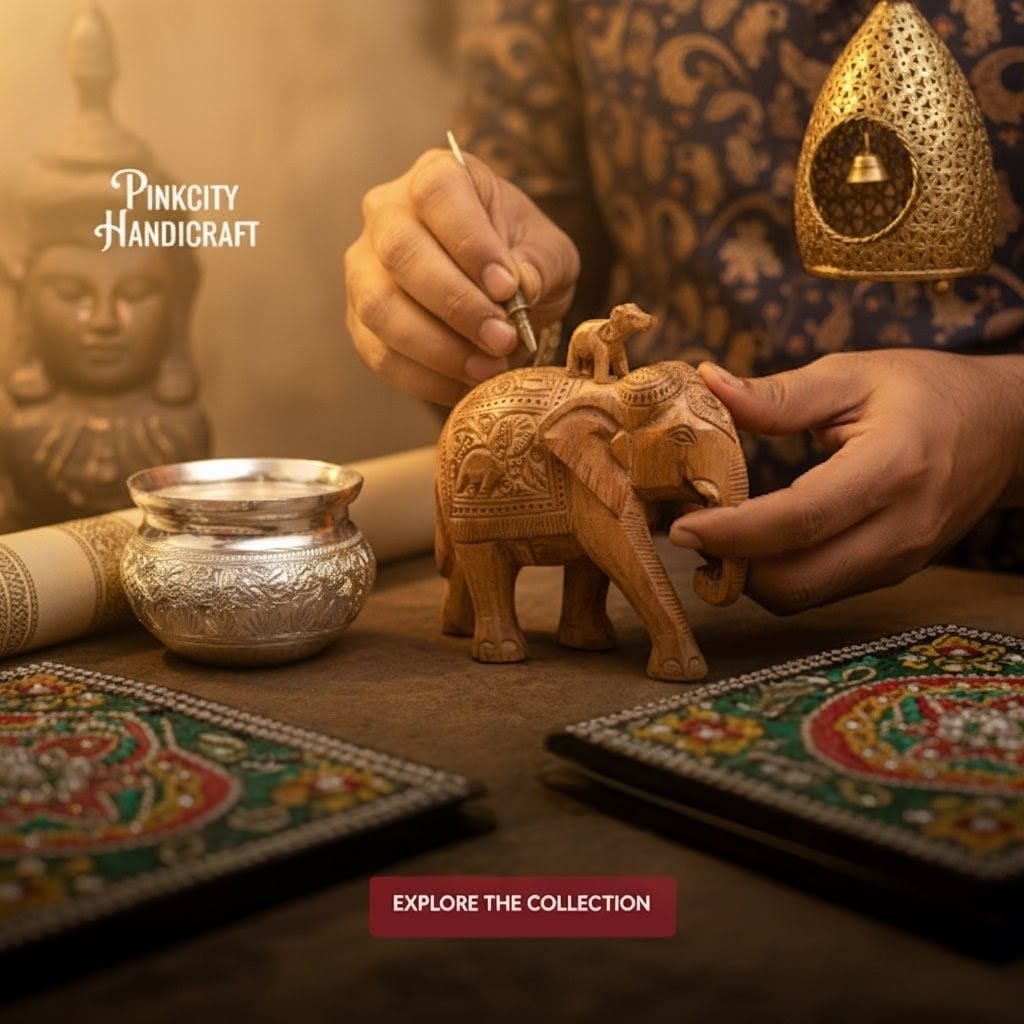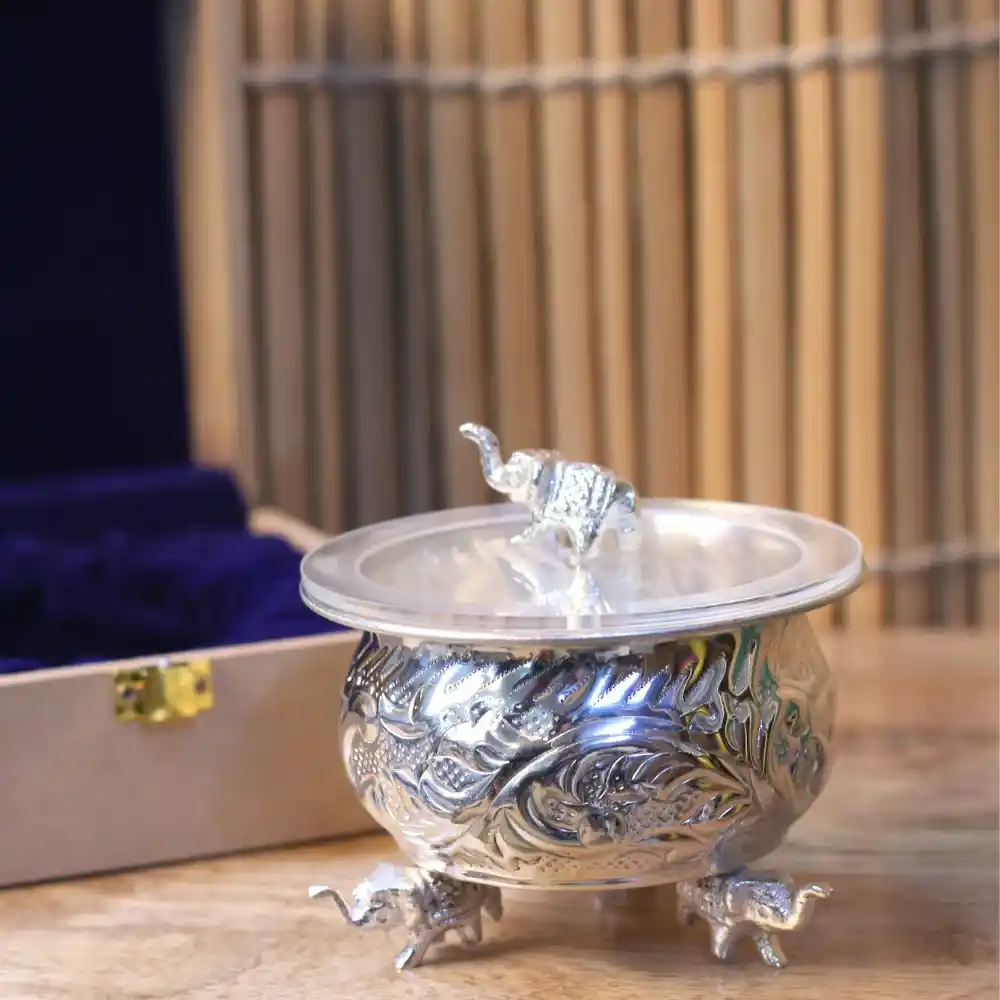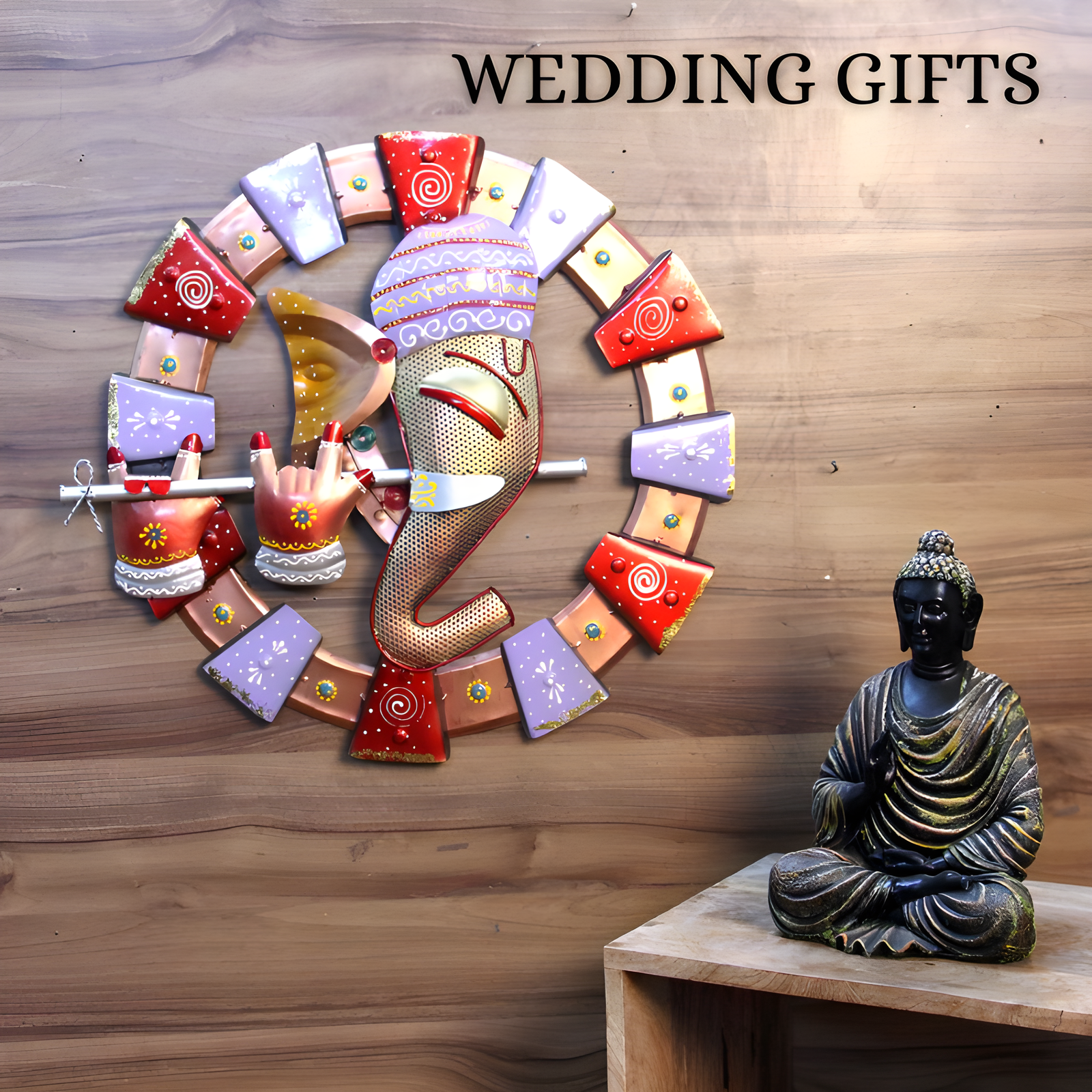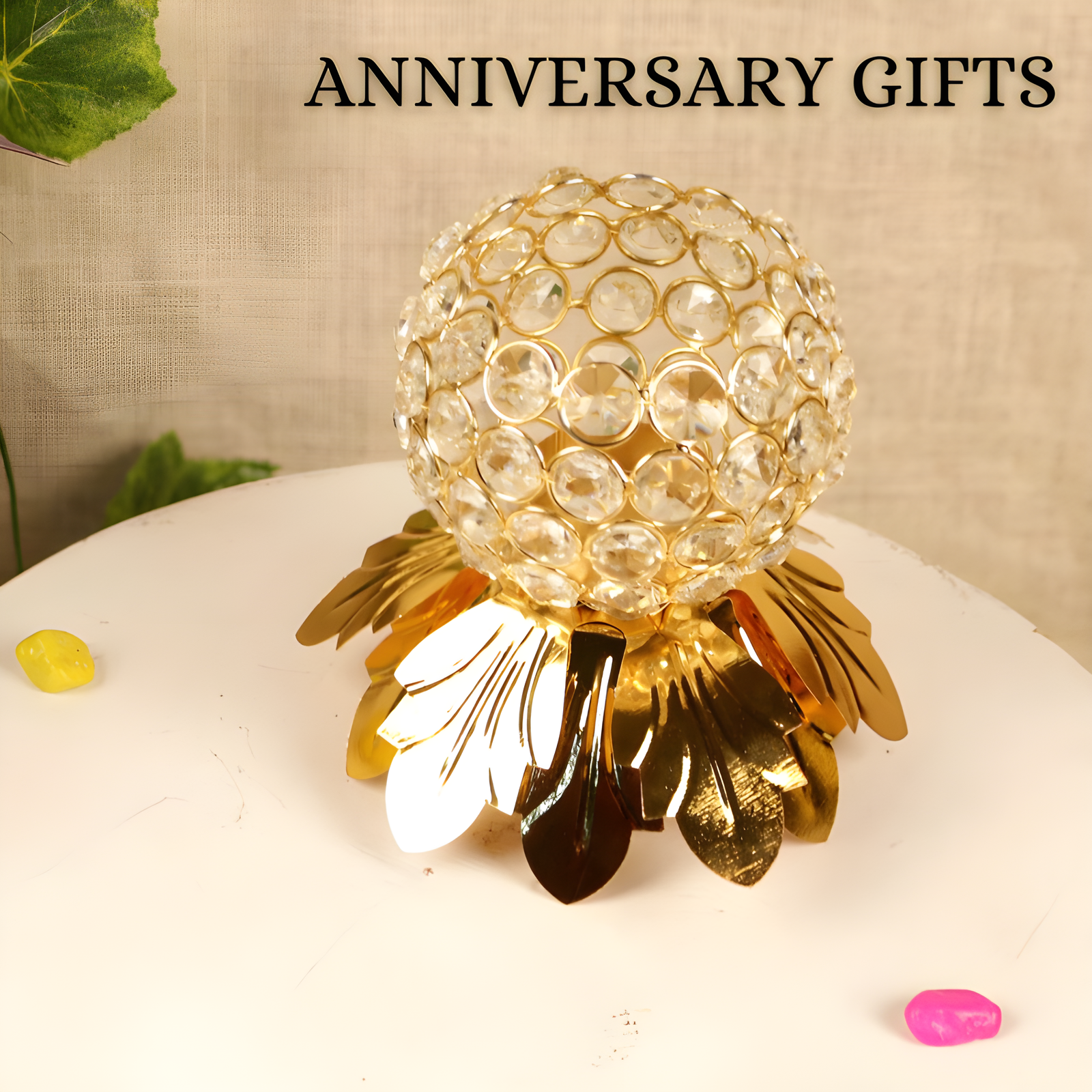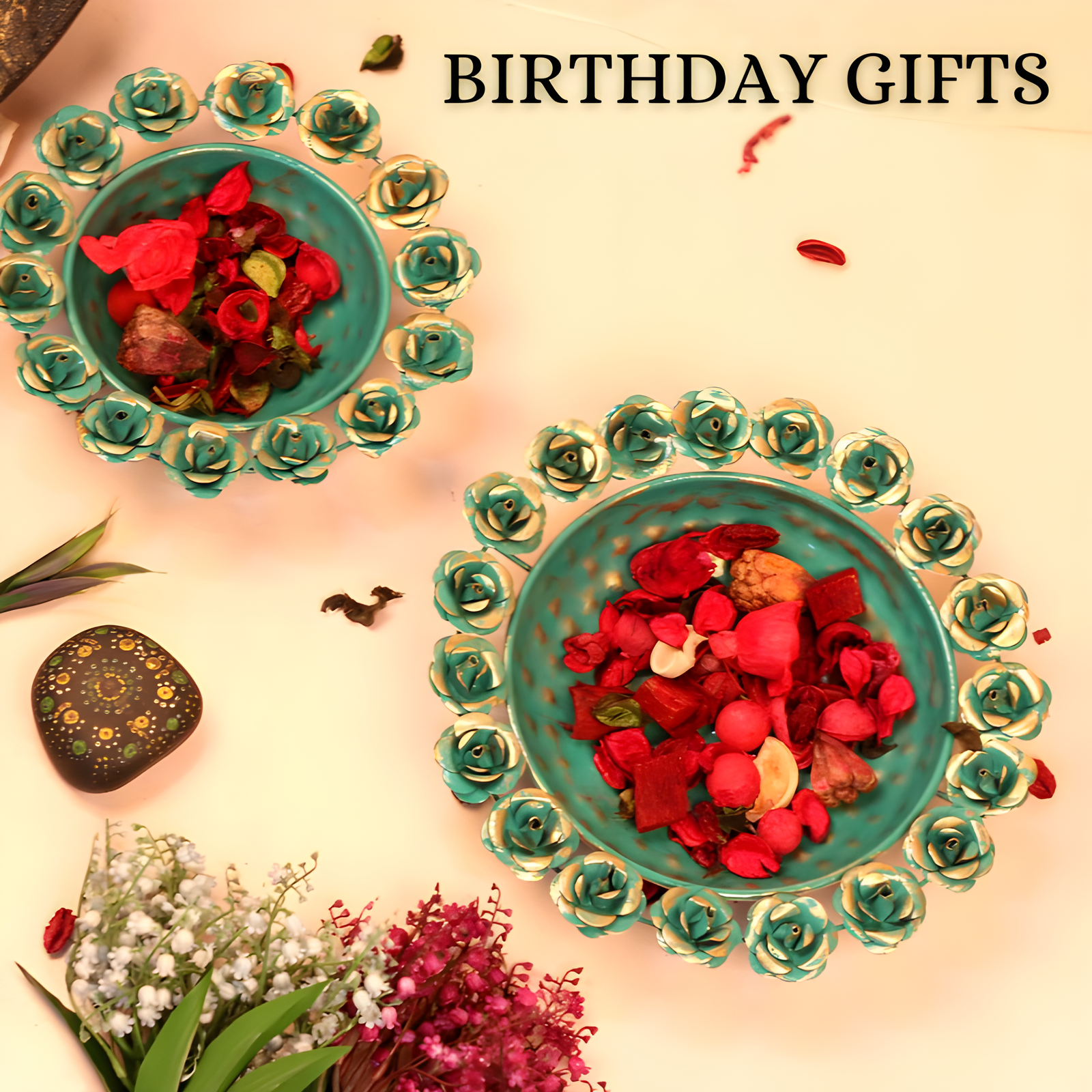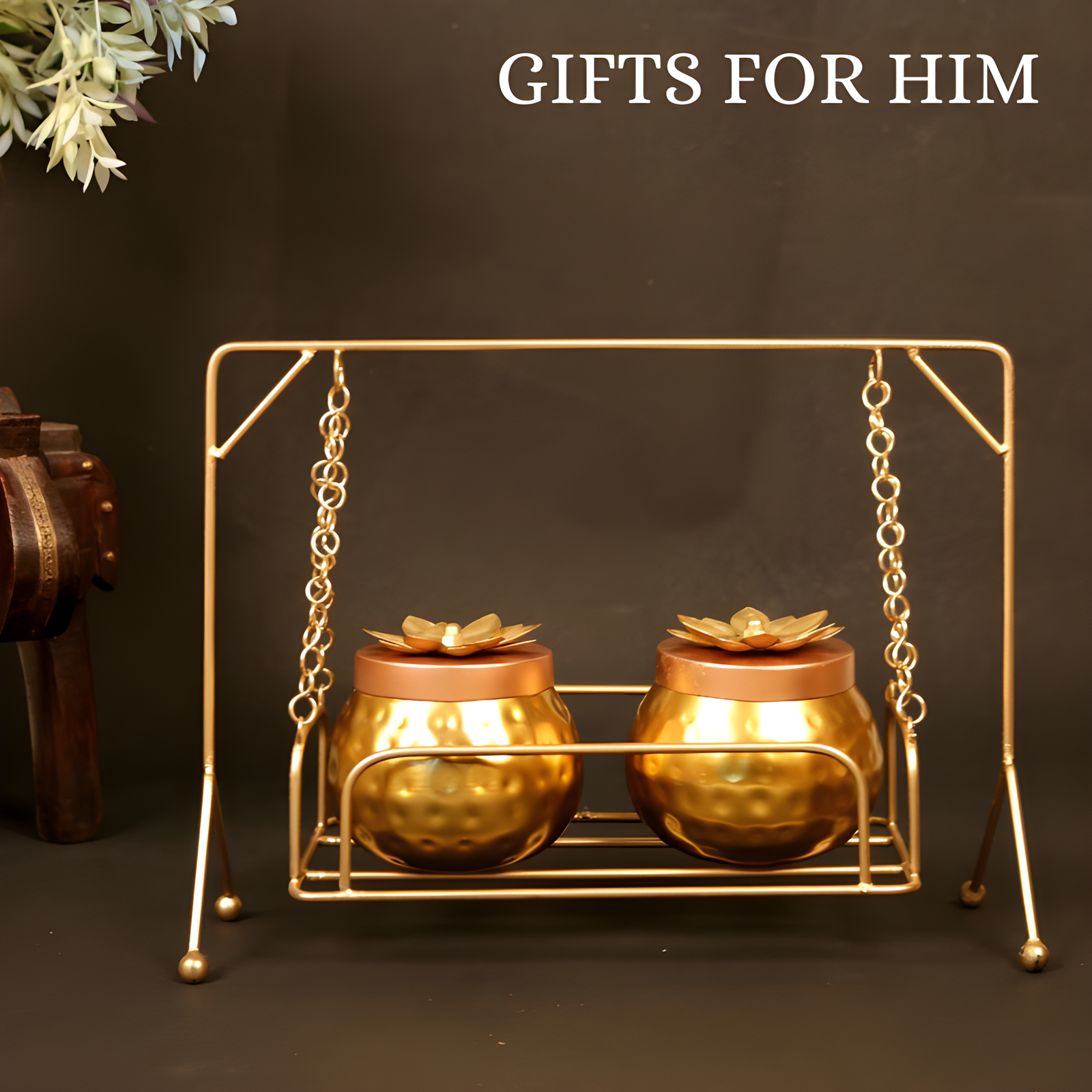Something For Every Corner of Your Life
Something For Every Corner of
Your Life

CHRISTMAS GIFTS
360 products
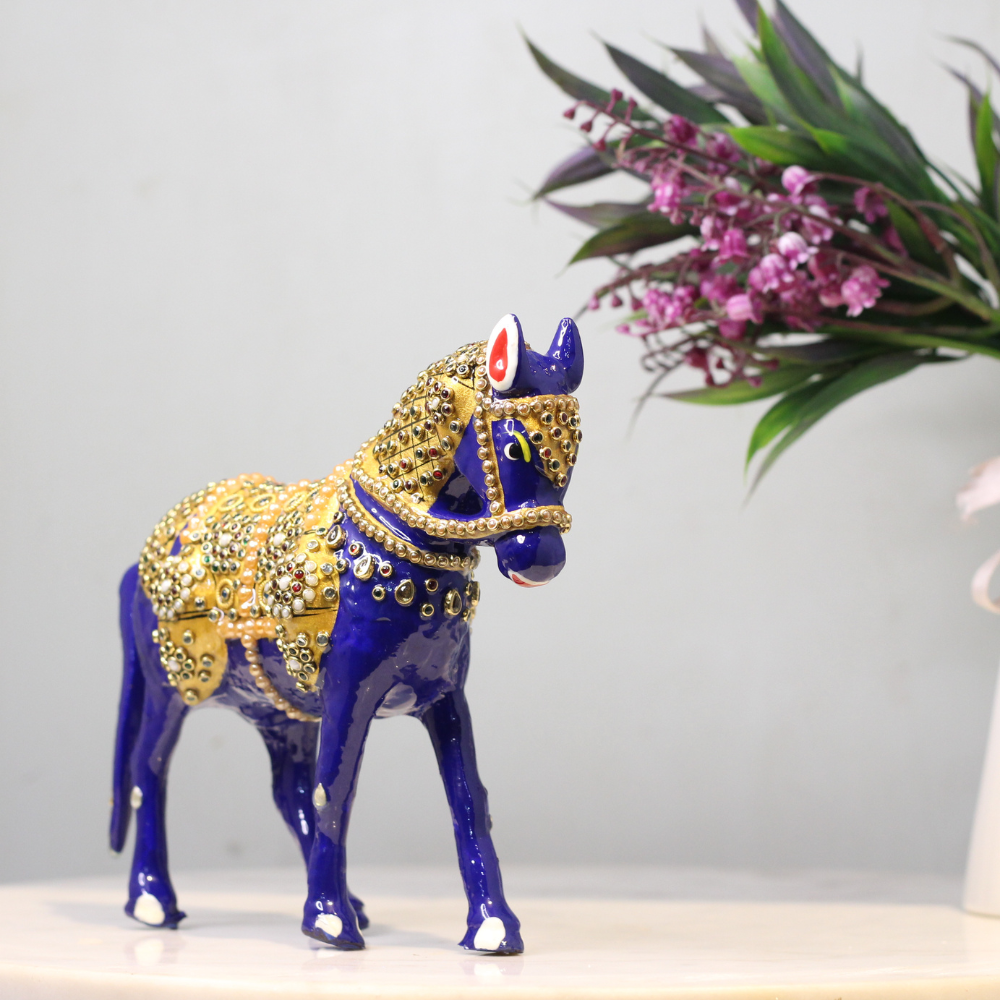
TABLE TOP PRODUCTS
285 products
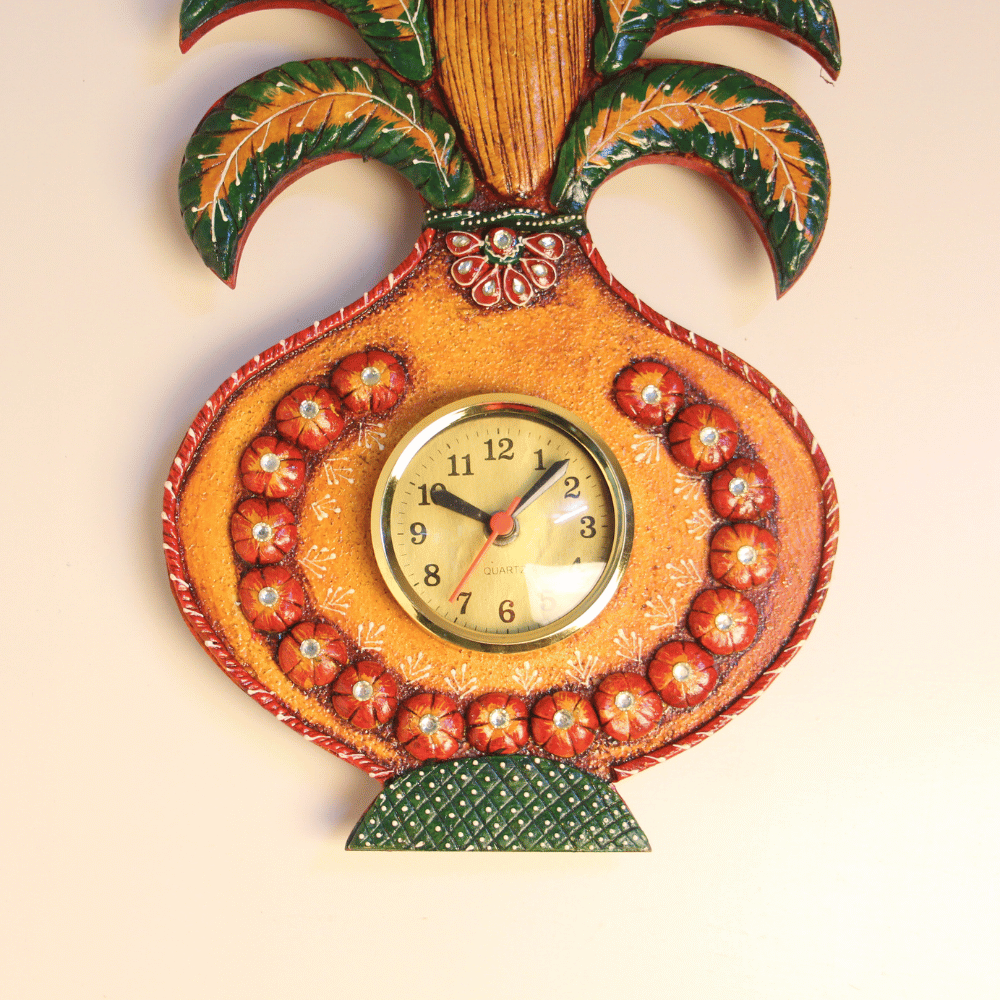
HANGING DECORATIONS
87 products
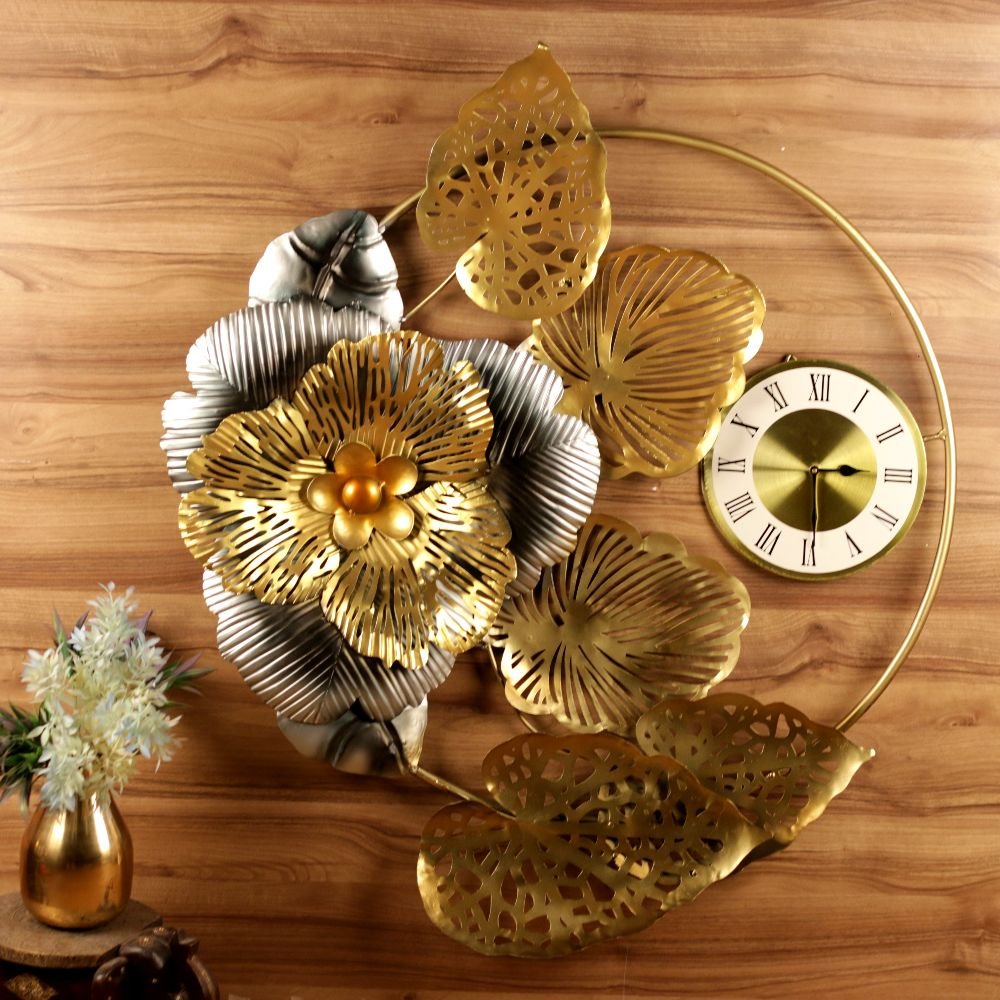
WALL ARTS AND DECOR
213 products

BRASS
212 products

WALL CLOCK
68 products

KITCHENWARE
172 products

HOME DECORS
620 products
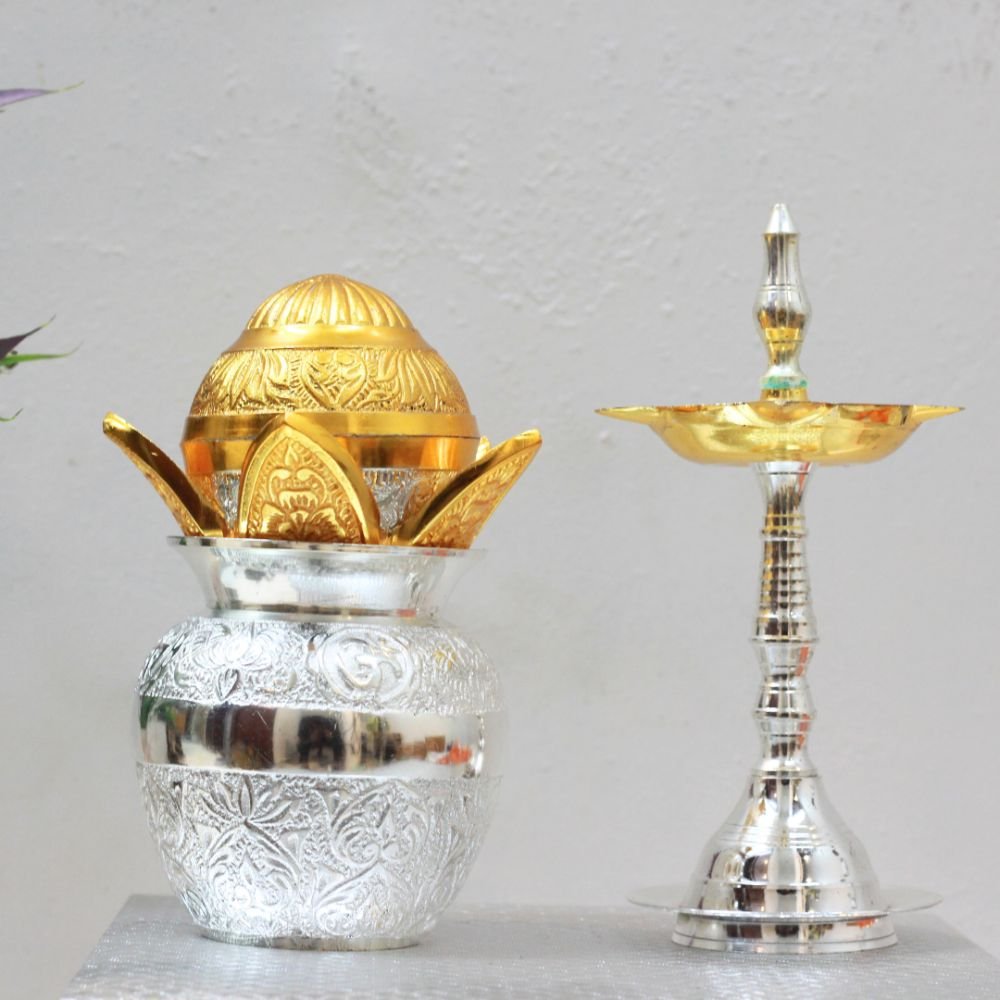
PUJA GHAR
103 products
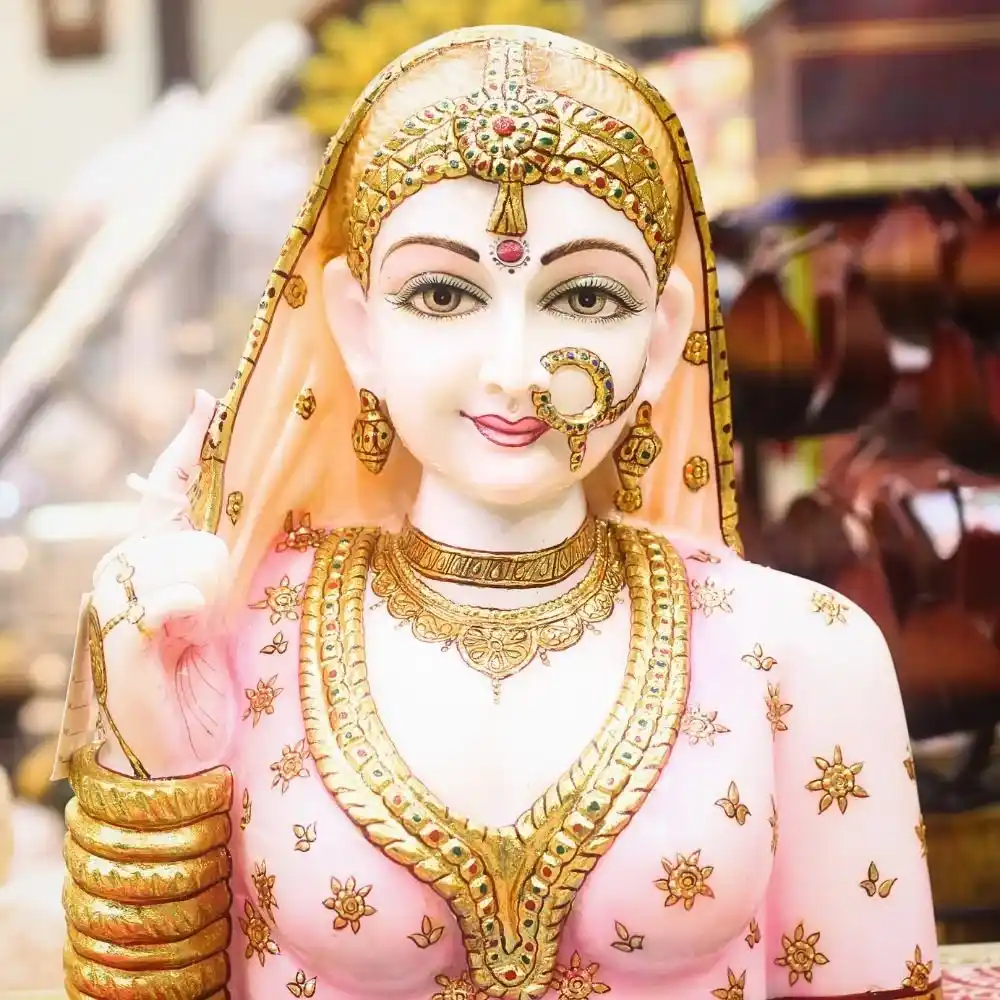
ARTWORKS
53 products
Weekly bestsellers
Weekly bestsellers
Elevate Your Living Space with Exquisite Handicrafts

WALL CLOCK
68 products

FURNITURE
74 products

KITCHENWARE
172 products

HOME DECORS
620 products

PUJA GHAR
103 products
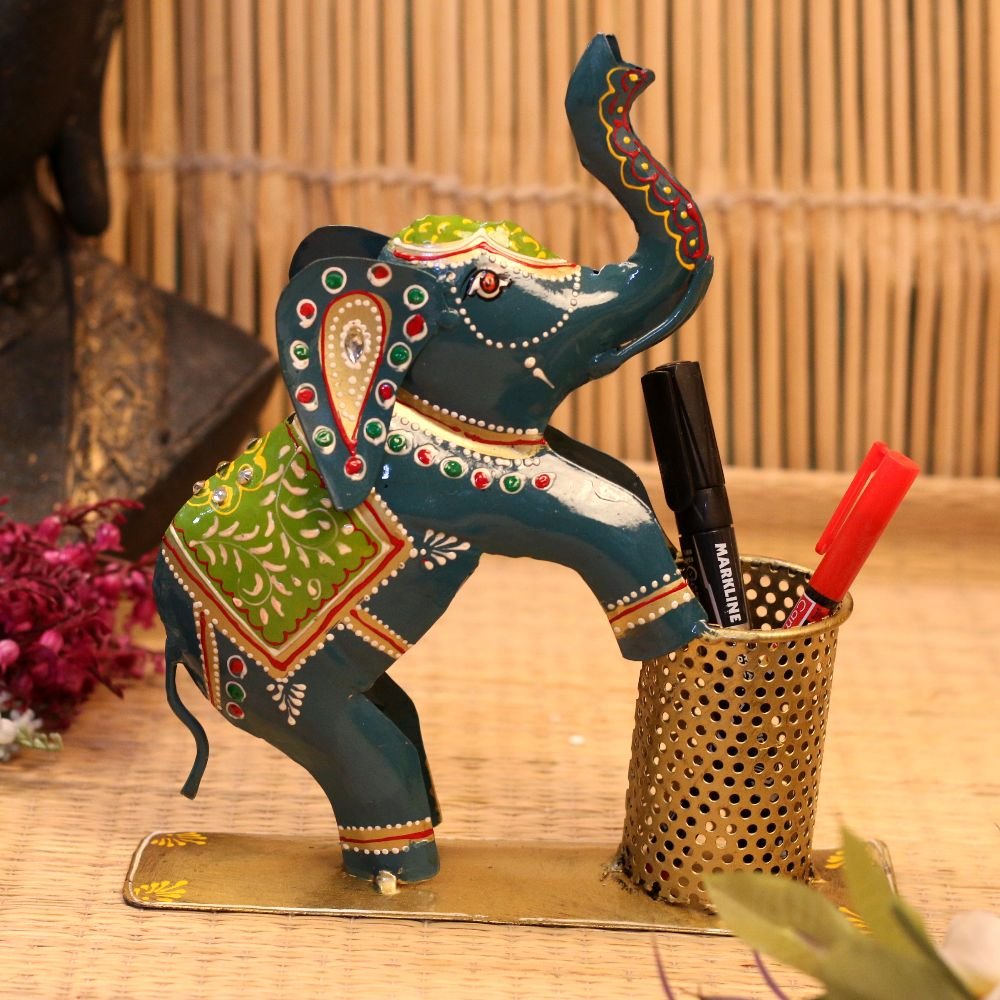
CORPORATE GIFTS
152 products

ARTWORKS
53 products

GIFTS
744 products

Tradition Chaos for Modern Homes
Feaured Product
Traditional Chaos for Modern Homes

Bandhanwar
14 products

VINTAGE TABLES & MORE
20 products
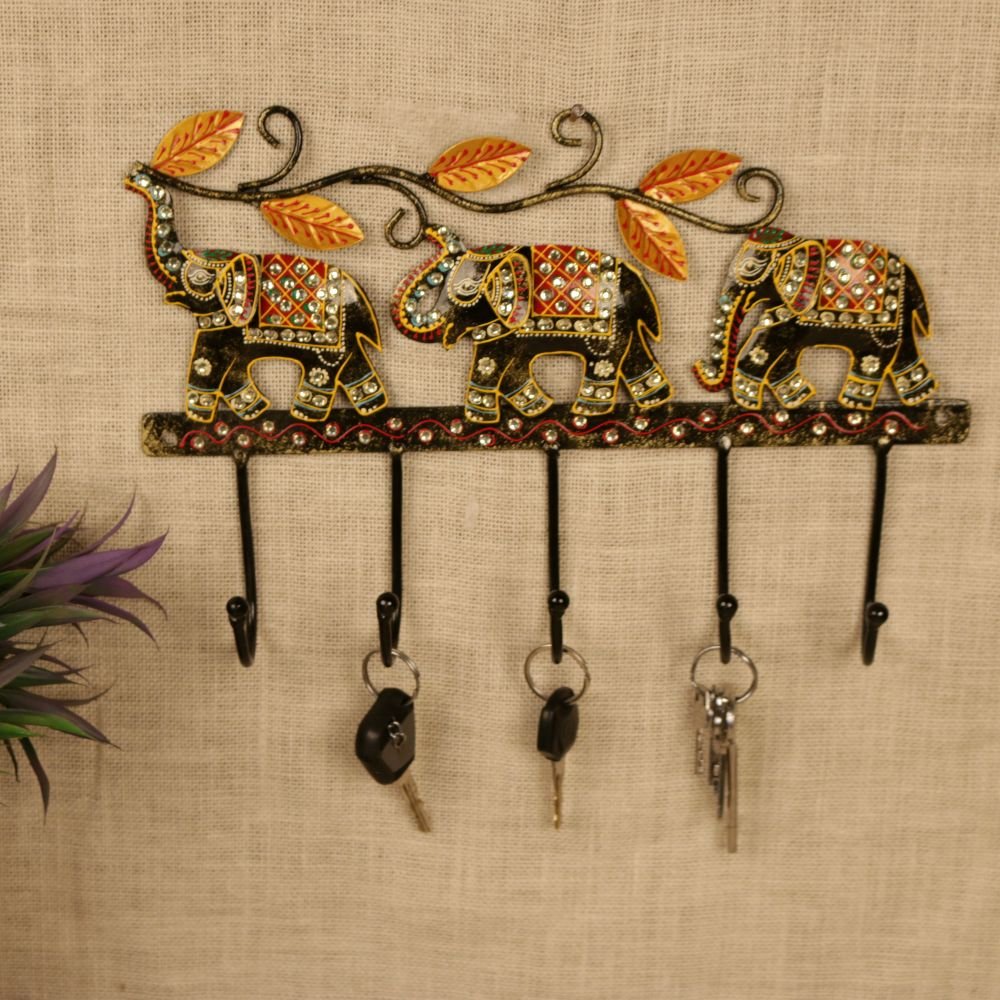
PAINTINGS
26 products
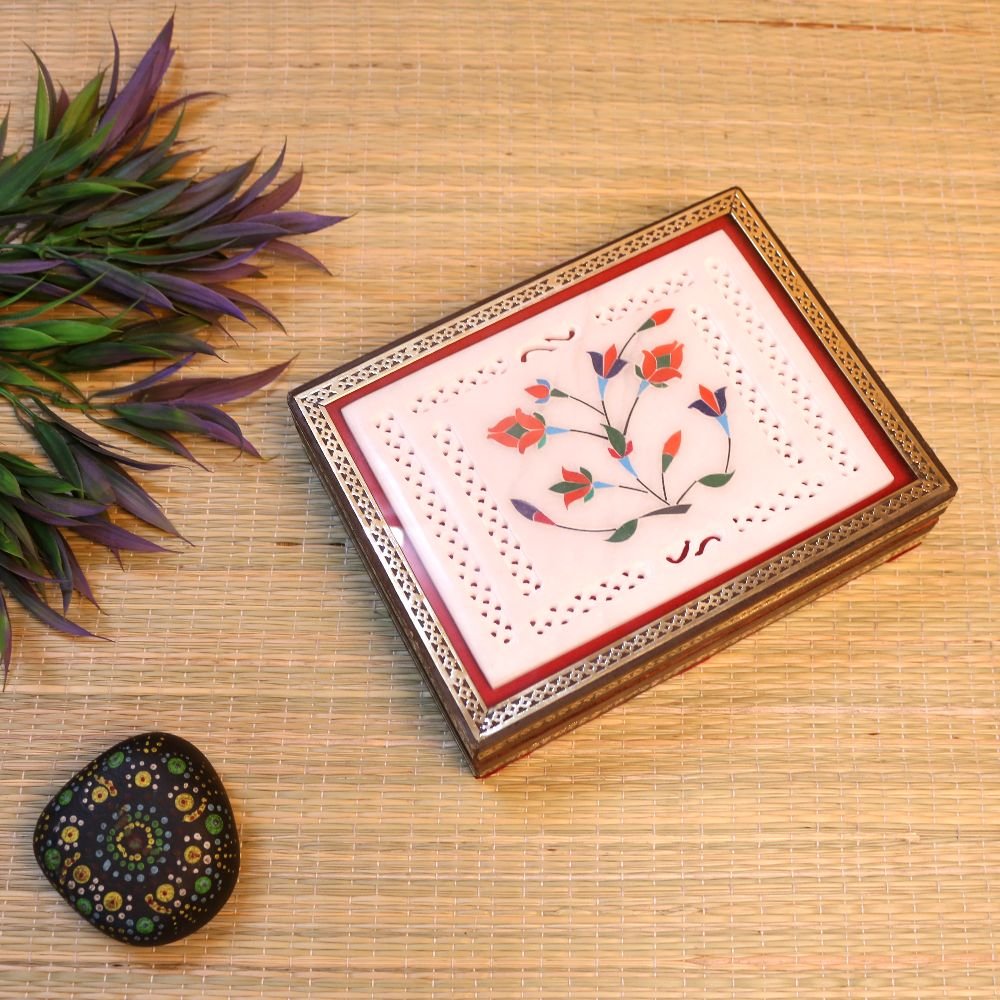
MARBLE TILES
23 products

TABLE TOP PRODUCTS
285 products

URLI
14 products

INTERIOR ACCENTUATES
142 products

POT AND VASES
29 products
Latest articles
The Rise of Eco-Friendly Handicrafts
In an era where consumer consciousness is shifting towards sustainability, the...
The Art of Indian Handicrafts
Introduction
India, a land steeped i...
Exploring the World of Handicrafts
Introduction
In a world ...
Embrace Eco-Friendly Handicrafts for Your Home
Introduction
In a world where sustai...
Crafting Sacred Spaces with Handcrafted Items
Introduction
In the rich tapestry of...

